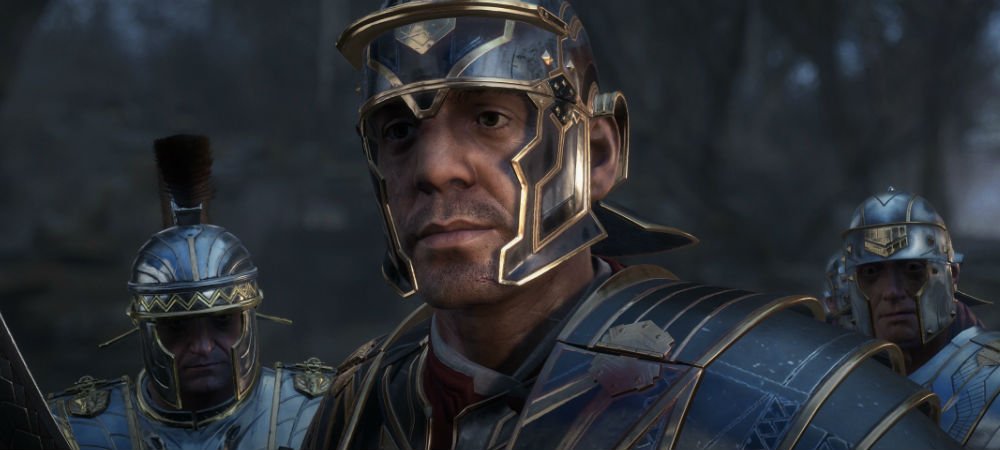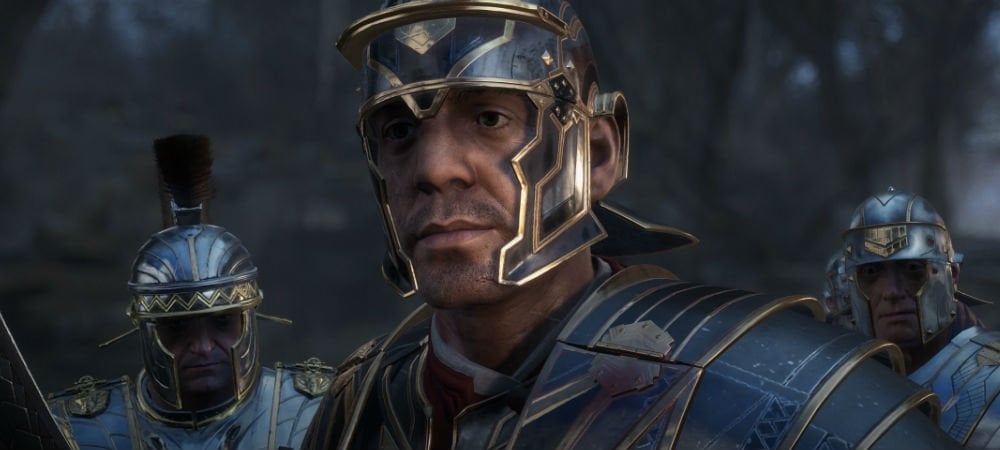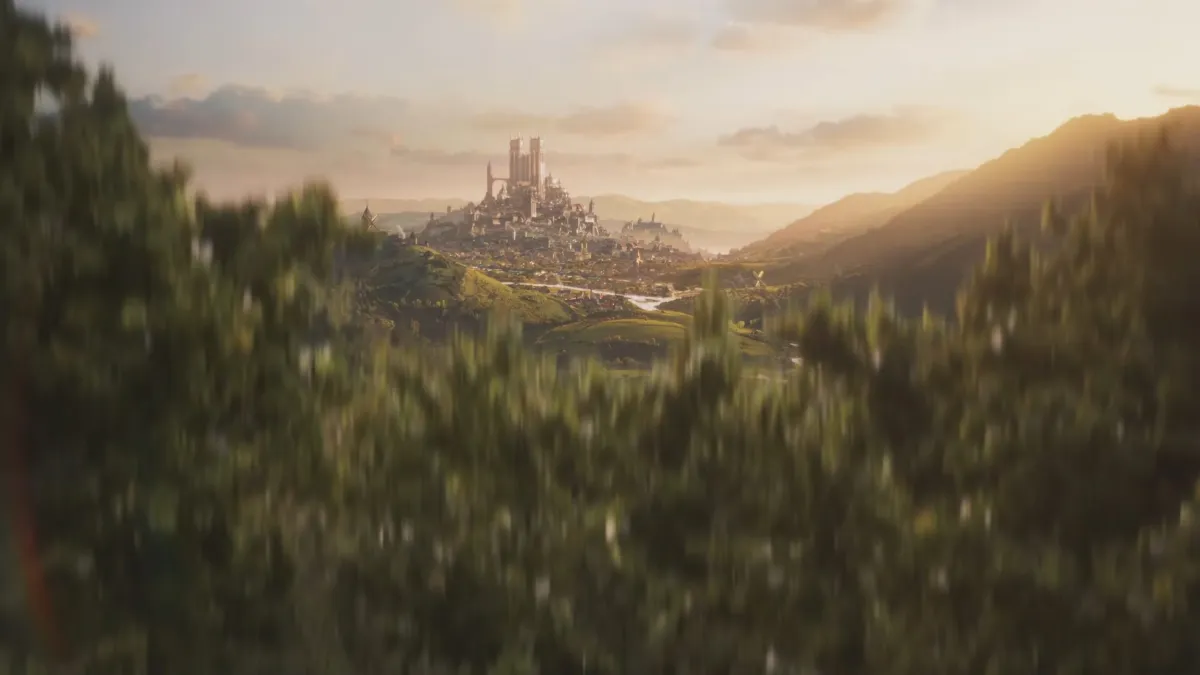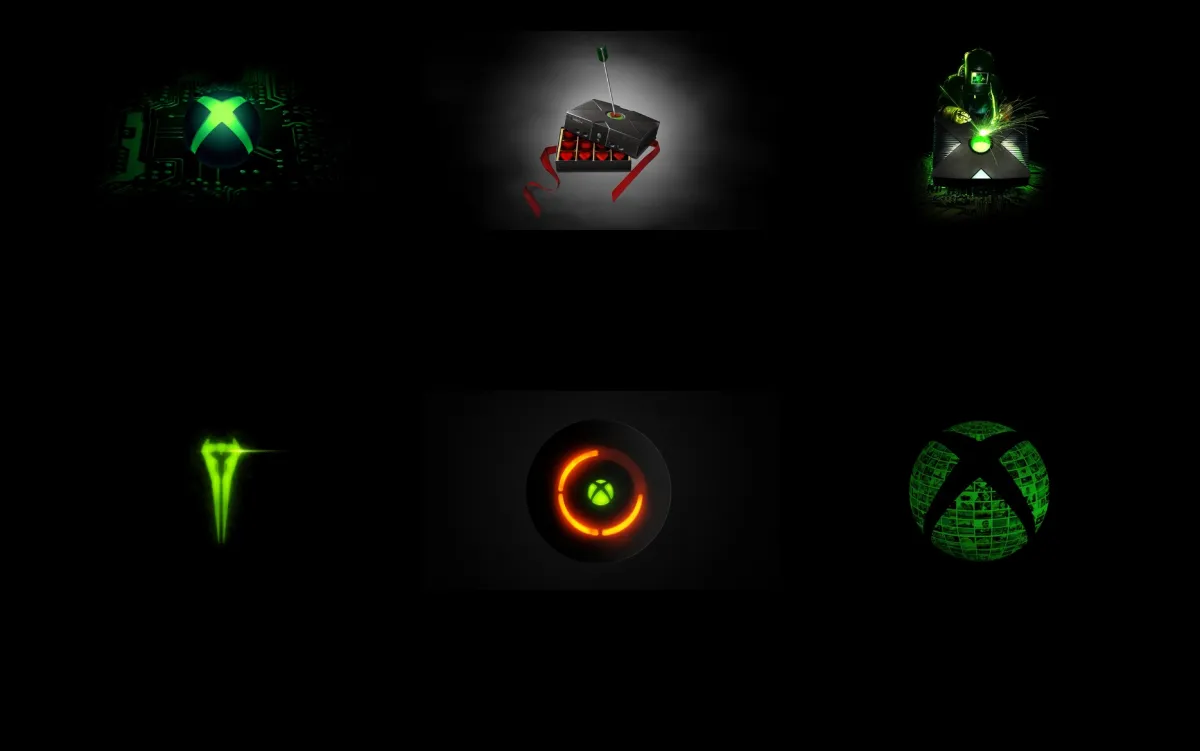Don’t bother getting up
Crytek has quite the reputation for crafting some of the most visually advanced games on the market. The Crysis games have been a consistent benchmark for PC fans, and even if you don’t enjoy their work, it’s always interesting to see how much further they can push a piece of hardware.
In this instance, Crytek is set to push the Xbox One at launch, with their first ever console exclusive — Ryse: Son of Rome. As is the case with many games that are content to present visuals first and foremost, the rest of the campaign basically falls flat..

Ryse: Son of Rome (Xbox One)
Developer: Crytek
Publisher: Microsoft Studios
Release Date: November 22, 2013
MSRP: $59.99
Let’s get the good stuff out of the way first. As you can probably tell from the above screenshots, Ryse is a great-looking game. With a combination of motion capture and CryEngine 4, Ryse is very close to looking like a film, down to the dirt and grime on each soldier’s piece of armor. Watching hundreds of soldiers battle each other at once is not unlike the first time you saw the cinematic armies fighting in the backgrounds of Final Fantasy VIII.
It’s stunning, to the point where you’ll no doubt look out into the scenery and watch in awe at the engine more than a few times. The environments are similarly detailed, and it’s insane how much effort was put into some of the areas, especially considering the fact that you may only pass through them for a few seconds.
Combat is a bit of a mixed bag, with mostly solid ideas. Much like Arkham games, the crux of Ryse‘s action system lies in parrying, with an enhanced focus on dodge rolling. Enemies have two types of attacks: weak and strong. The former can be parried with the A button, while the latter is dodged with the B button. It’s a very simple system, and it does work more often than not.
One thing I really liked is that even on normal, there’s no goofy “counter” icon appearing above any enemies’ heads — you have to always be aware of what’s coming at you at all times. You’ll also have a “Rage of the Gods” type super attack at your disposal, that slows down time and allows you to get out of a jam. So far, so good — you’re always on your toes to survey the battlefield, and the combat mechanics in general are reliable. But then you get to the execution mechanic, and the game falls off from there.
When an enemy is on their last bit of health, a skull icon will pop up above their heads. Pressing the right trigger will instantly queue an interactive execution animation that not only makes you invincible, but it’s also impossible to fail. By pressing the direction pad at any time, you can switch what type of stat bonus you’ll get. This system is not new — it was even in games as recent as Killer is Dead. So where does it go wrong? Well, the fact that every enemy in the game has a lengthy execution QTE, for starters.
While Crytek is quick to disguise them from being presenting as QTEs (and cleverly ditched a button icon in favor of painting enemies blue or yellow), they’re still very much quick-time events. For every enemy you execute, you’ll press a combination of buttons that results in an instant kill, while everyone else in the fight stands there and watches. If you press the buttons correctly — great! You’ll earn a bonus in whatever stat you chose. If not, no worries — they’ll die instantly anyway.

Point blank, executions should have only been used for boss fights. There’s a reason many other games (God of War) sparingly use mini-games like these — any normal gamer doesn’t want to have to go through a five- to ten-second scene for every single enemy in the game. It just doesn’t make sense, and it boggles the mind as to why the developers thought it would be cool after the first two or three instances.
Now, one thing I did discover on my own is that you do not have to use the executions every time. If an enemy has a skull icon over their head, you can simply continue to hack at them and they’ll eventually fall over. But you won’t get any of the stat bonuses (thus discouraging you from doing it), and some of the sturdier enemies in the game take forever to kill normally, while offering you the option to execute them instead. One enemy in particular — a fighter with two swords — essentially requires you to execute him, as he dances around for quite some time otherwise.
Another major selling point is “ordering your troops,” and engaging in team-based combat like initiating phalanx formations. But these events are all highly scripted, and can only be used in certain situations throughout the campaign. The gameplay here is also painfully simple. You can’t control where your formation moves on the battlefield — you can only charge forward. When an enemy is readying their bows, you press a button to raise your shields, and then strike back with spears. You’ll do this a few times in the campaign, and that’s literally it.

In the opening stages of the game, there is an opportunity to order troops around somewhat using both the controller and barking orders via Kinect. But it only gives off the illusion that you’re going to have more control throughout the rest of the story. Instead, those choices are always relegated to “move your archers to one of two locations,” both of which have little relevance on how the battle plays out. These features feel more like checkboxes, as in the end, you can just take out every enemy on the battlefield yourself.
In practice, the roller coaster gameplay is also wasted on the poor excuse for a campaign. Clocking in at around five hours, there’s no point in the game’s story where I actually felt compelled to keep playing. In fact, if it wasn’t for this review, I probably would have stopped at multiple points. Simply put, it’s boring, most of it feels pointless, and none of the characters are worth caring about.
Try to think of the biggest Roman period piece films ever created. Now take most of the plot of Gladiator, then take out anything that made those films memorable, and add a dash of deus ex machina moments where “the gods” interfere to piece together the poor writing. The solution to said equation is Ryse: Son of Rome — a script so devoid of life that it feels like it’s constantly going through the motions as a proof of concept rather than an actual game.
At the core of the conflict is the confrontation between the Roman army and a collective of barbarian hordes. It sounds like a setup for a halfway decent action flick, but the problem lies in the fact that the barbarians are not only boring to watch, but they also aren’t any fun to fight. Do you remember Criterion’s console FPS Black — the one that used the same few enemy models over and over, like “shotgun guy” and “melee guy”? That’s basically what Crytek did for Ryse.

As you’re fighting enemies throughout the story, you’ll frequently encounter the exact same “bald double-sword” guy, the same “shield-toting bearded guy,” and so on. Even the grunts only have a few different models between them, and it’s almost comical to fight the same enemies over and over. I get that there are technical limitations involved, but there’s a point where it just comes across as lazy.
The lead, a Roman general named Marius Titus, is definitely selling the “hard action hero” concept pretty well, but nothing about him is interesting, as both a player in the story, and in terms of his acting prowess by way of motion-capture technology. Ryse‘s story is billed as an “epic tale of revenge,” but you’re not really given much development for Marius outside of one predictable tragic event that you’ve seen a million times before.
But other than the lackluster campaign, there is one shining light of gameplay in Ryse — the two player co-op arena mode — which took me completely by surprise. This portion of the game is much more interesting due to the fact that it takes a page from many online shooters, adding in different objectives like “hold the point” or “assassinate specific targets” in addition to your typical “kill all these dudes” missions.
The best thing about this scheme is that no one round is the same. Pretty much every time you play you’ll see new objectives in different parts of the arena with different enemy groups, forcing you to change your tactics on the fly. There’s a surprising amount of modifications to be made in multiplayer, and really, this is where you’ll want to spend the bulk of your time, especially if you can find a reliable partner.

The arena itself is packed with a cheering crowd (that actually looks good for once), a halfway decent Emperor narration, and a clockwork-like mechanical floor that changes out different bits of scenery. One minute you may be battling in a forest-filled location, the next, you’ll be battling through a giant sandstorm, and later, it’ll morph into a more like a traditional gladiatorial arena. It’s not only a fun mechanic due to the fact that it changes up gameplay dynamically, but it’s also a sight to behold visually, as the floor drops and changes on the fly.
You can play this mode online (no split-screen) with one other player, or by yourself — the latter of which is a great option for those of you who may be the only Xbox One adopter in your group. All in all, co-op is a pleasant surprise compared to the rest of Ryse, but you’ll want a partner to keep the good times rolling. In some ways the greatness of this mode is a shame though, because I would have rather liked Ryse if the entire game was just a giant extension of this mode. It’s almost like a fighting game that has a non-existent or otherwise horrible single-player mode but a serviceable multiplayer component — only it’s limited to two players, and you’re forced to partially pay for the campaign.
Microtransactions are also present in the form of “booster” packs, which I’m uncomfortable with, even if they don’t ruin the game. Considering Ryse has no competitive element, and thus the only person you’re really cheating is yourself, it’s not that big of a deal in the sense that it doesn’t influence anything other than your own playthrough.
In fact, the promising arena mode is the only saving grace of Ryse. The campaign may as well not even be there, and having to fight the same handful of enemies over and over on top of a trite, stereotypical narrative is not an example of a good time. Ryse looks great and has a lot of great ideas, but it falls flat in nearly every respect in regards to its core story. If you’re a hardcore action fan you may get some satisfaction on the highest difficulty setting, but even then I’d wait for an equally hardcore price drop.





